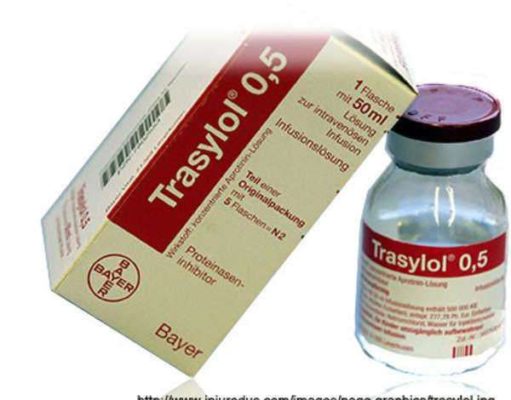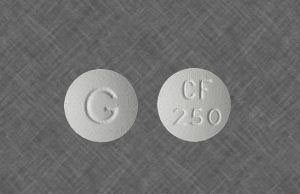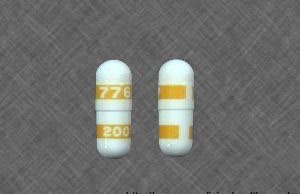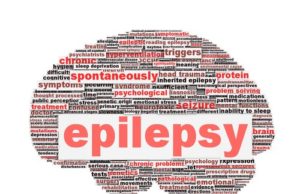Amphetamine
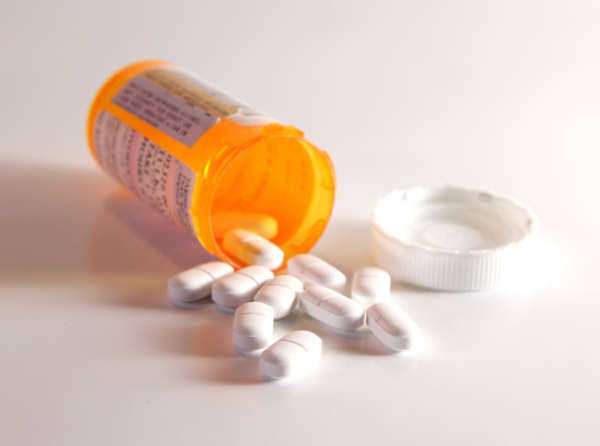
Dextroamphetamine

Substance Abuse

Marijuana Laws
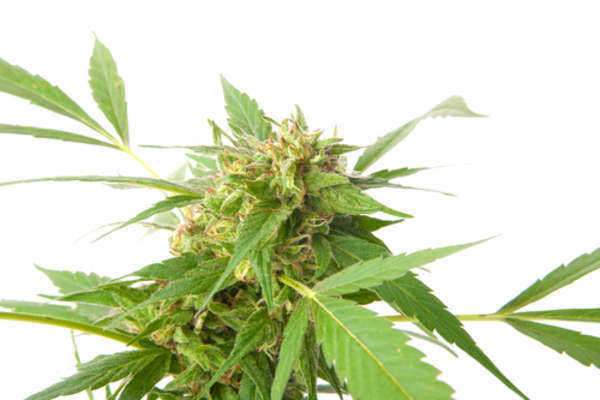
List of Drugs At A Glance

Read This For A List of Illegal Drugs

Interesting Facts about the International Court of Justice

Leader of Baltimore Heroin Distribution Ring Sentenced
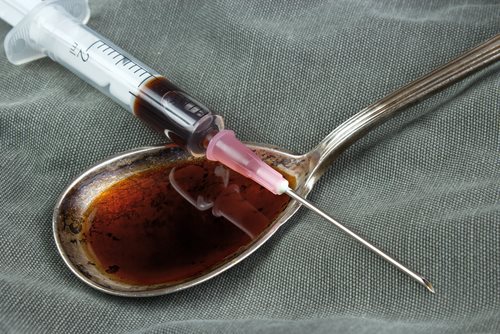
On November 30, 2012, the US Attorney’s Office for the District of Maryland reported that Walter Powell of Baltimore was sentenced to 121 months in prison and five years of supervised release for leading a heroin distribution ring. He was sentenced by U.S. District Judge Catherine C. Blake.
The co-defendant, Diego Amparo, was sentenced to seven years in prison and one year of supervised release for the same charges in another case.
During their guilty pleas, Powell and Amparo admitted to activities the FBI intercepted through telephone calls. During the investigation, Powell arranged for the purchase of large amounts of heroin from Danilo Garcia and Amparo.
In one case on July 22, 2011, federal agents set up surveillance and intercepted phone calls from Powell to Amparo. The deal was brokered by Garcia, and they arranged a meeting place in Philadelphia a short time after the phone call. After the meeting, Powell proceeded to drive back to Maryland, but he was pulled over in a traffic stop on I-95. Police found 144 grams of heroin on his possession.
Other investigations overheard Powell selling heroin to other co-conspirators, and a courier was stopped by law enforcement on August 15, 2011. The police found 497.8 grams of heroin.
During Powell’s guilty plea, he admitted to distributing between one and three kilograms of heroin.
Danilo Garcia did not plead guilty but was sentenced one multiple counts of possession with intent to distribute. Garcia will be sentenced on February 1, 2013.
The case was investigated by the FBI, Baltimore Police Department, Maryland State Police, and the Baltimore City State’s Attorney Office. Assistant U.S. Attorneys Ayn B. Ducao and Christopher J. Romano were in charge of prosecution.
Source: Federal Bureau of Investigation
The Effects of Drugs



